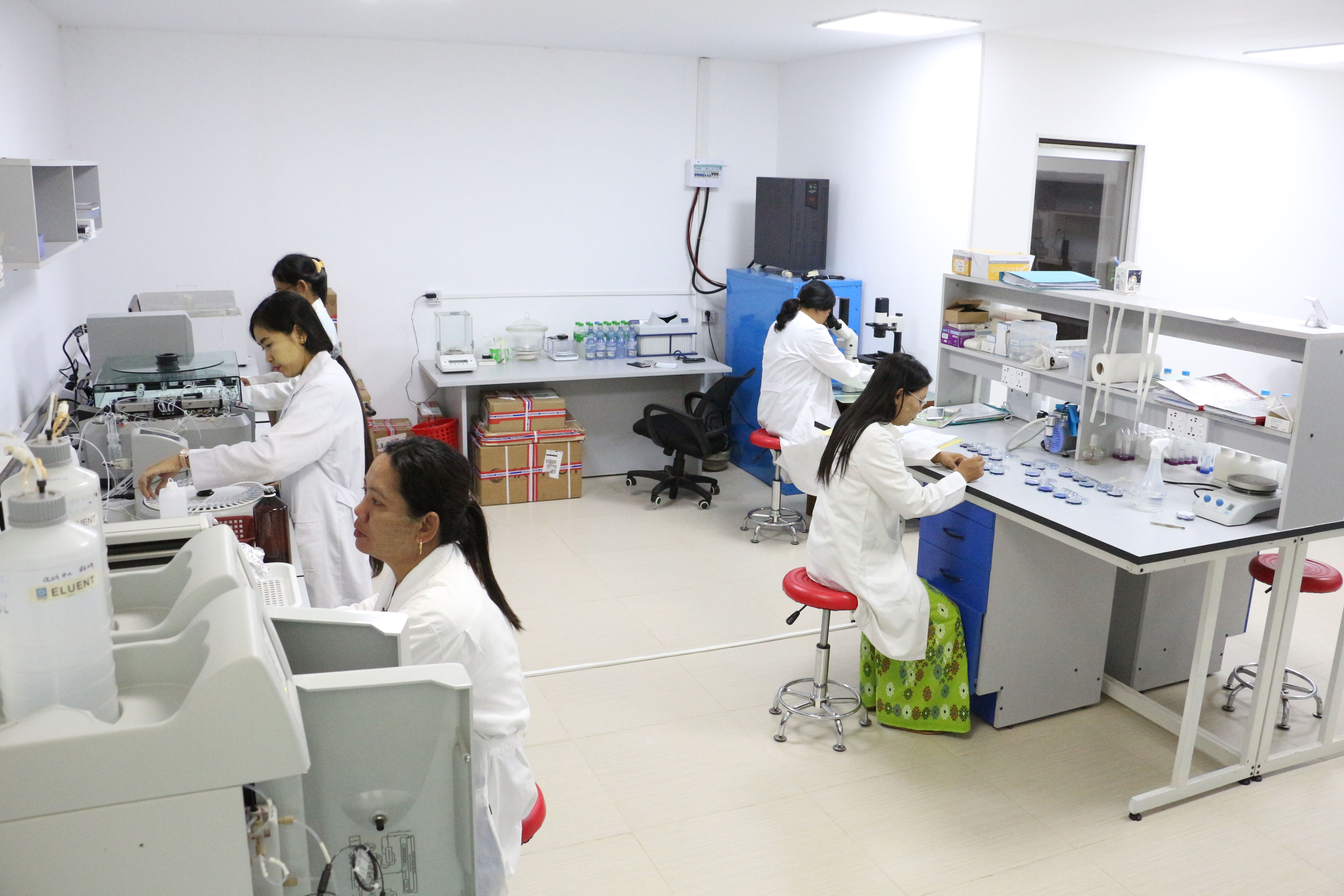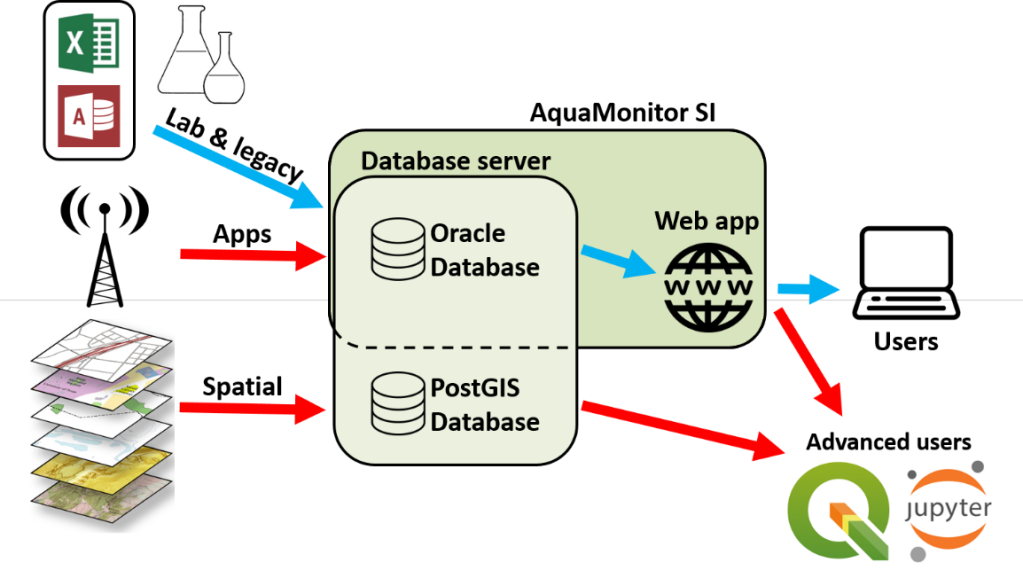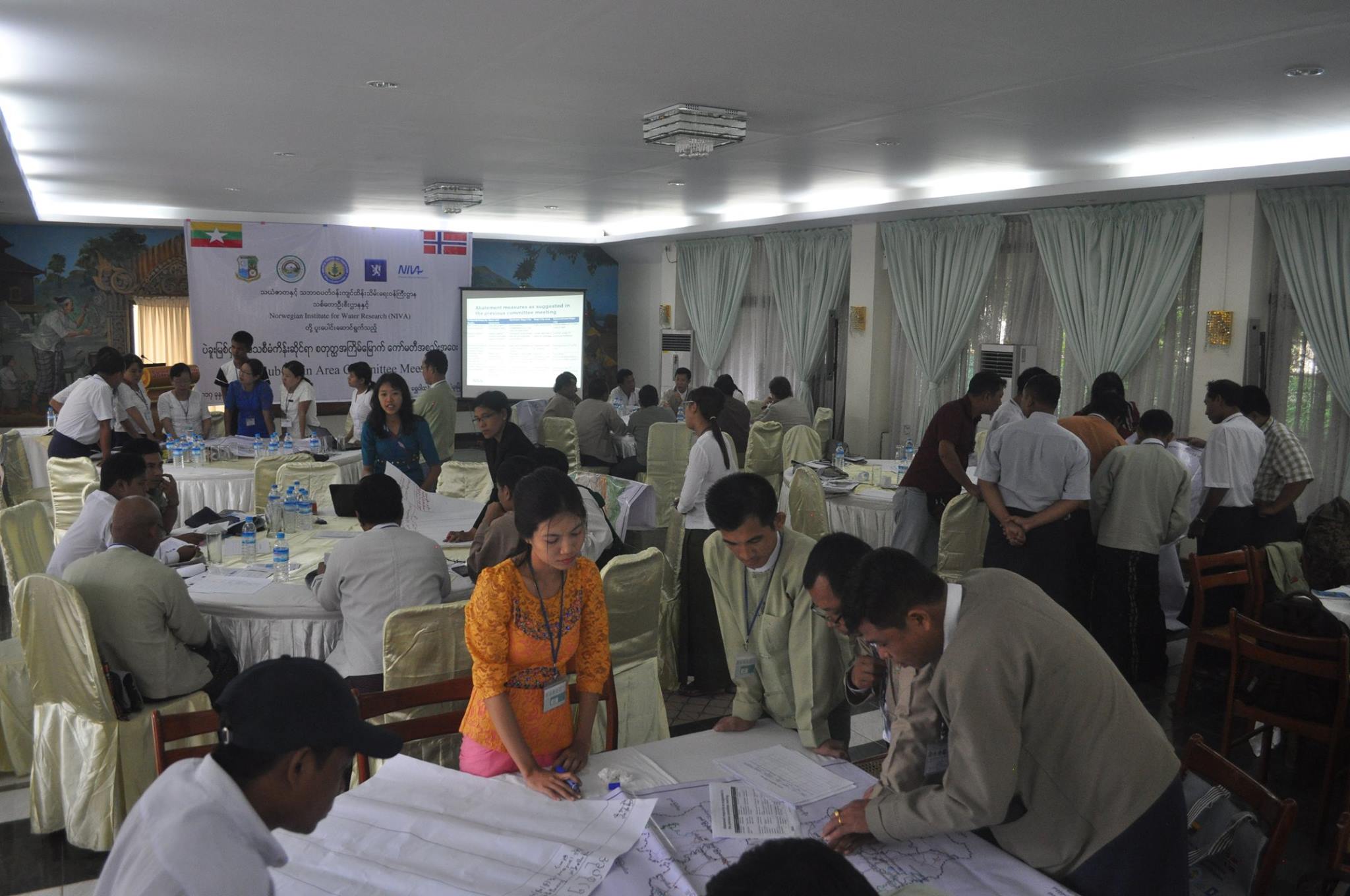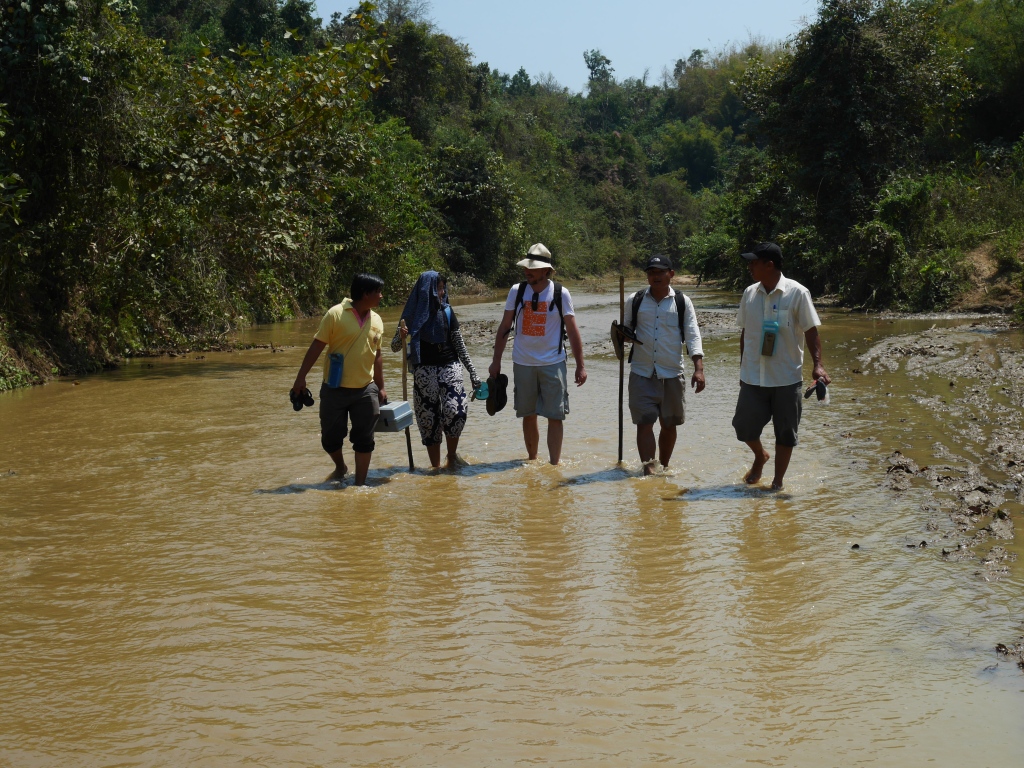
Water management in Myanmar is still fragmented and increased coordination among institutions, and involvement in management decisions are needed. Accessibility to data is in general limited and there is scope for increased sharing and co-operation among departments. Nevertheless, there is also growing awareness within MONREC and other government institutions about these issues. The National Water Resources Committee (NWRC) has adopted the National Water Framework Directive (NWFD), including seven main principles: river basin management; good ecological status; monitoring of biological, physiochemical, and hydro-morphological water quality elements; coordination; and participation. The NWRC is also responsible for the development of a national holistic overarching water law.
Project objectives
- Ecological water quality status assessment
- National Water Quality Laboratory
- Database and data user interface tools
- The Myanmar National Water Framework Directive is implemented in selected sub-basins
- Site-specific monitoring plans and risk assessments developed in mining areas
The IWRM project, coordinated by NIVA and WMD FD, with IWUMD as an affiliated partner was outlined within Myanmar’s process of reforming their water legislation. This is an ongoing process guided by the adopted National Water Policy (NWRC, 2014), and the National Water Framework Directive (NWRC, 2014). These two policies are complementary and both aim for an integrated water management of watersheds, rivers, lakes and reservoirs, groundwater aquifers and coastal and marine waters of all of Myanmar. These policy frameworks represent core national policies and they were reference points for the IWRM project, and for the in the IWRM Phase II project.
In phase I, The IWRM project included environmental monitoring in Inlay Lake, development of IWRM tools, pilot testing of an adapted EU Water Framework Directive (WFD) in a selected sub-basin, water quality laboratory rehabilitation and training, development of a water quality database, support of one phd student, and two master students.
The IWRM Phase II project will continue and advance on these topics, but also include new themes and issues. This approach is in line with a step-by-step strategy for integrated water resources management of inland waters in the context of the Myanmar NWFD. The proposed IWRM Phase II project is ambitious with regard to important core aspects of enabling management according to the IWRM approach. The FRI water quality laboratory at MONREC aims to provide high quality analysis of physiochemical parameters, bacteria, heavy metals, and organic pollutants. It is further an aim of the project to contribute to procedures and practices that enable coordinated and transparent decision making across administrative borders within the river basin for the development of River Basin Management Plans.
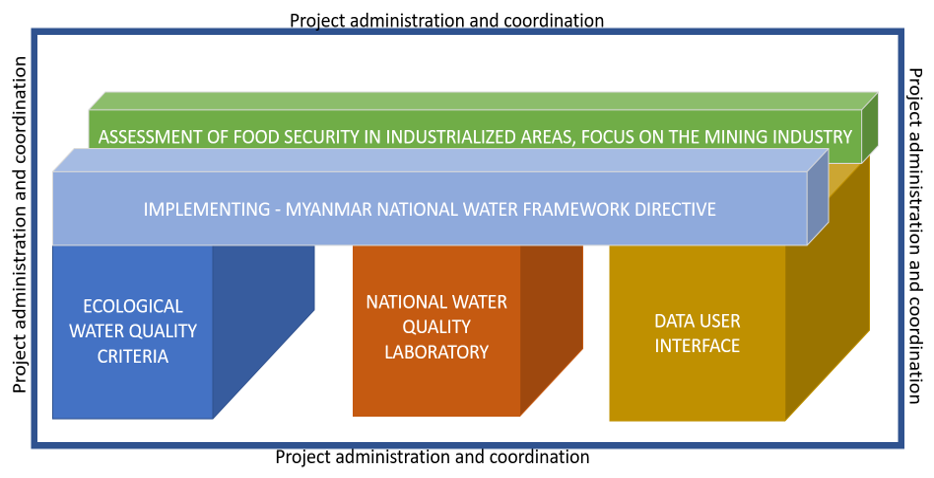
The figure illustrates the project’s five components as a house, where three vertical pillars (component I, II, III) are technical tools needed for assessing ecological status of water, for analysis of chemical and biological water quality elements, and for data management and communication. These pillars support and enable management of water resources (component IV and V) in an integrated, coordinated and transparent way.
Project Case Study Areas
Sittaung River Basin includes the Bago River Sub-basin and the ShweKyin River Sub-basin. The Sittaung River Basin is the key case study site for the pilot implementation of the Myanmar NWFD, both in the IWRM Phase I and Phase II. An important aspect of keeping up the work in Sittaung is the good relations established through the IWRM Phase I project with Bago Region authorities, NGOs and CBOs.
The Bago River Sub-basin is a basin of the western territory of the Sittaung River. The Bago River is linked to the Sittaung River by a 61 km long canal (Figure 3). The Bago River flows through the cities of Bago and Yangon. Bago City is an administrative and economic centre and is the city centre for the river basin. There are four main townships in the catchment, including Thanlyin, Kyanutan, Thongwa, and Kayan, and the population density varies from 195 to 559 people per km2. The sub-basin was selected for practical water management tasks in the IWRM Phase I project. As part of the phase I, the Bago Sub-basin Area Committee was established, including a chair person and elected secretaries, and the Bago Sub-basin Management Plan was adopted. The IWRM Phase II project will continue to support the implementation of the NWFD in this Sub-basin. In the Bago Sub-basin, deforestation, agriculture, and waste and sewage in the Bago city area and downstream are main pressures.
ShweKyin River Sub-basin The project will extend the river basin approach to the Shwekyin Sub-basin, another sub-basin in the Sittaung River Basin located at the Shan Plateau in the Bago District. The Shwegyin River is one of left bank tributaries in the lower Sittaung River, approximately 15 km upstream from the confluence of the Sittaung River. An important pressure in the Shwekyin Sub-basin is artisanal gold mining, an activity occurring in the upper parts of the river catchment.
Taninthari River Basin is a major river of southern Myanmar. It flows through the Tanintharyi Region, past the town of Tanintharyi before entering the sea at Myeik (Mergui) Archipelagos. Its basin area is approximately 17,996 km2, where almost half the area is represented by rich forest growth (9710 km2). The basin is rich in mineral resources. Two possible sites have recently been identified for building of dams, which are expected to generate 600 MW. The basin includes densely forested ecosystems upstream, linked to the downstream coastal systems having mangroves, coral reef, sea grass, estuaries, archipelagos, and beaches. The Tanintharyi Basin will as a project case study area will serve to demonstrate a focus on a “Ridge to Reef” approach, as the largely influenced coastal areas is part of the basin. management.
Project partners
The Watershed Management Department, Forest Department, MONREC and The Norwegian Institute for Water Reserach (NIVA) are the two main responsible partners in the project. The Integrated Water Utilization Management Department (Ministry of Agriculture, Livestock and Irrigation) is an important affiliated partner taking part in outcomes and activites.
More information on the project areas and objectives:
Visit the facebookpage of the Myanmar project team

